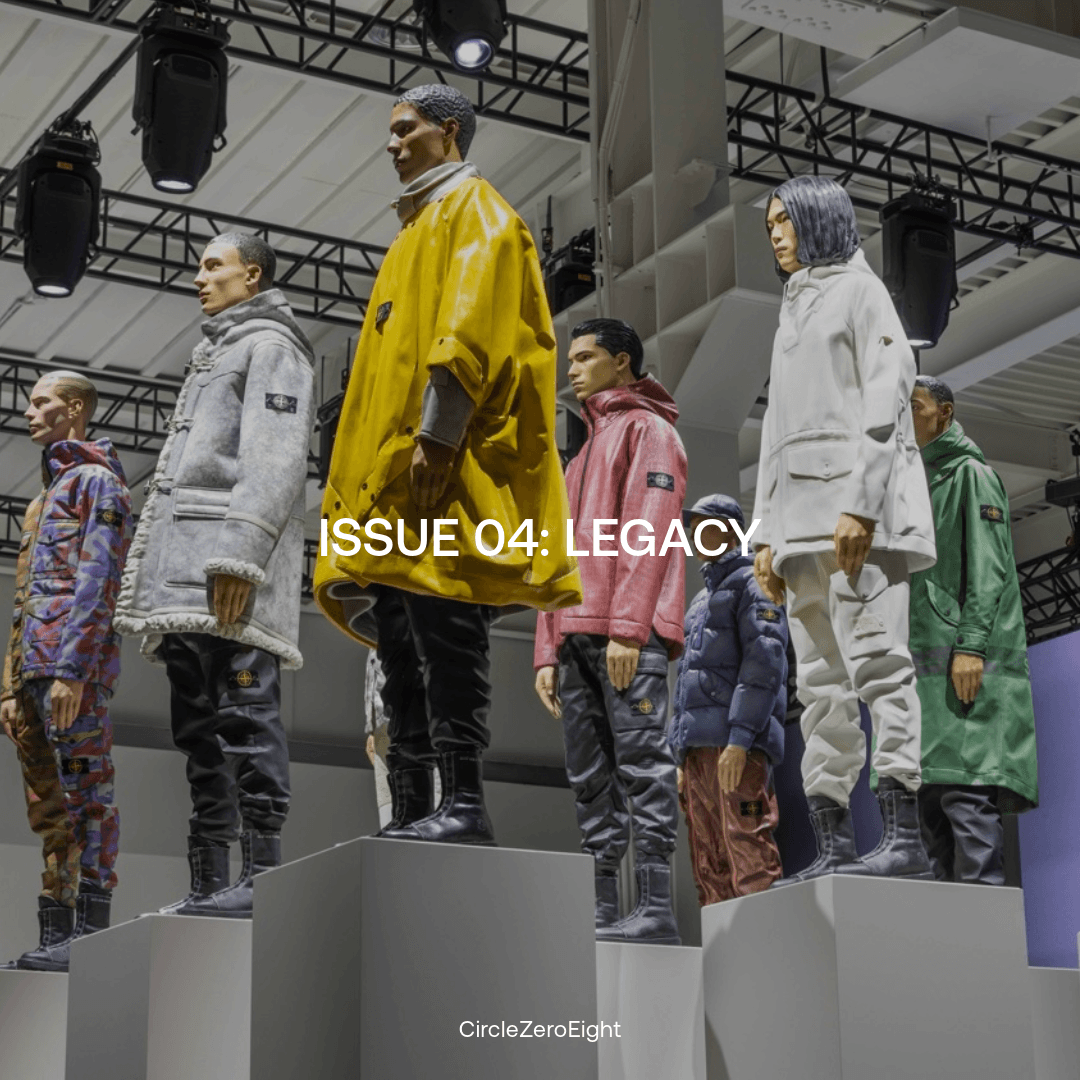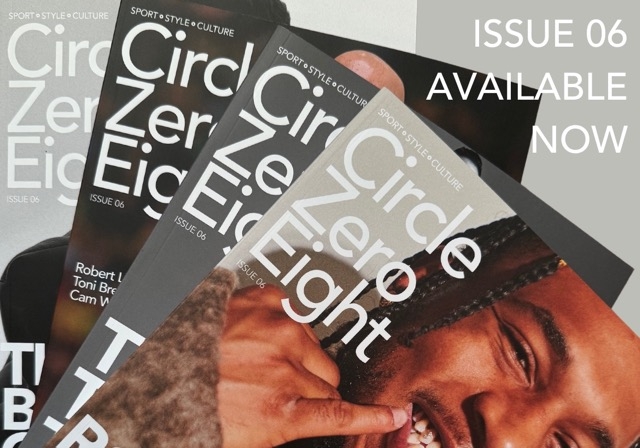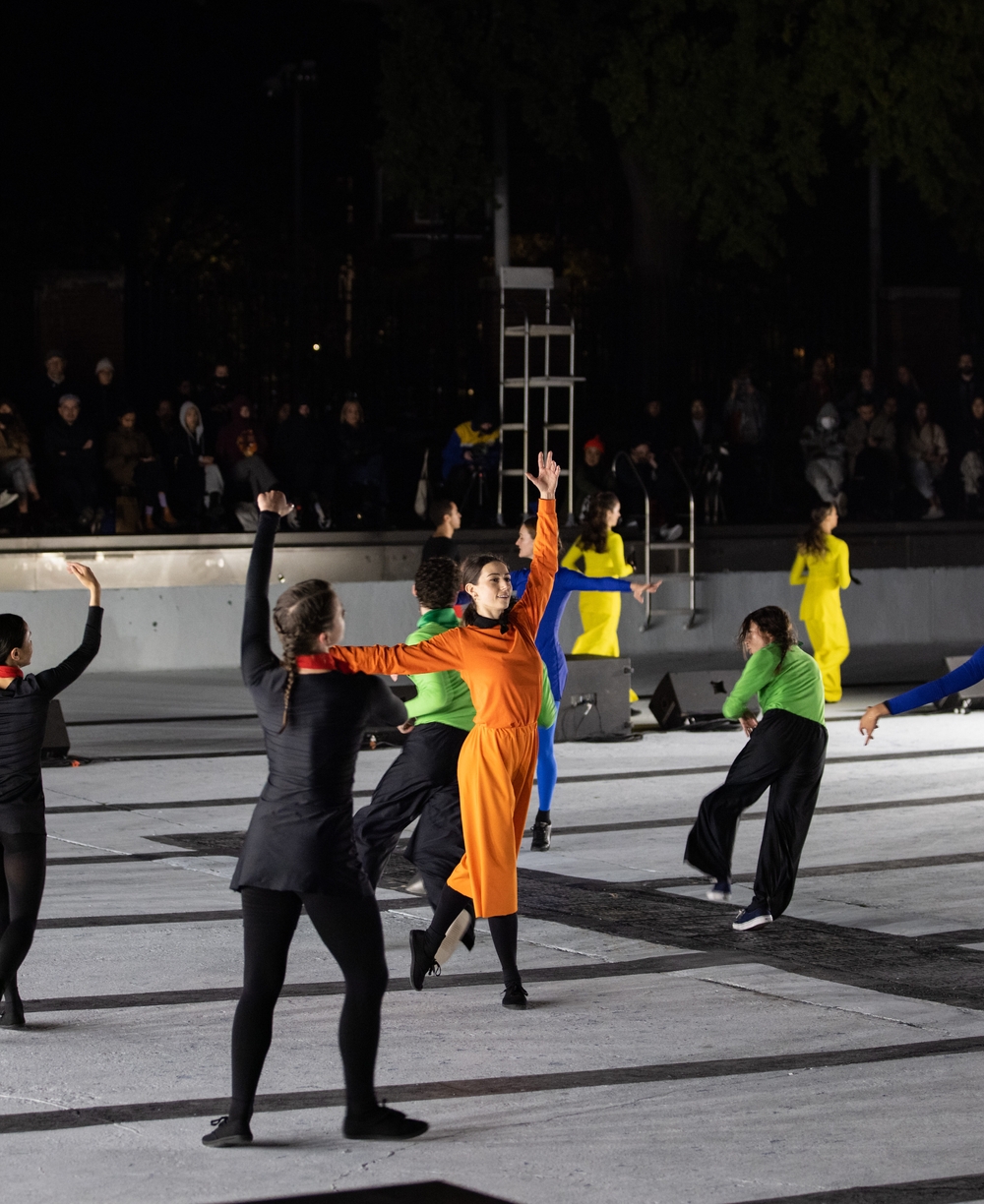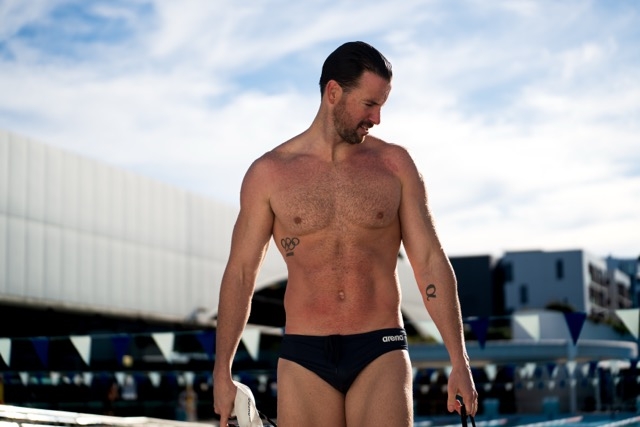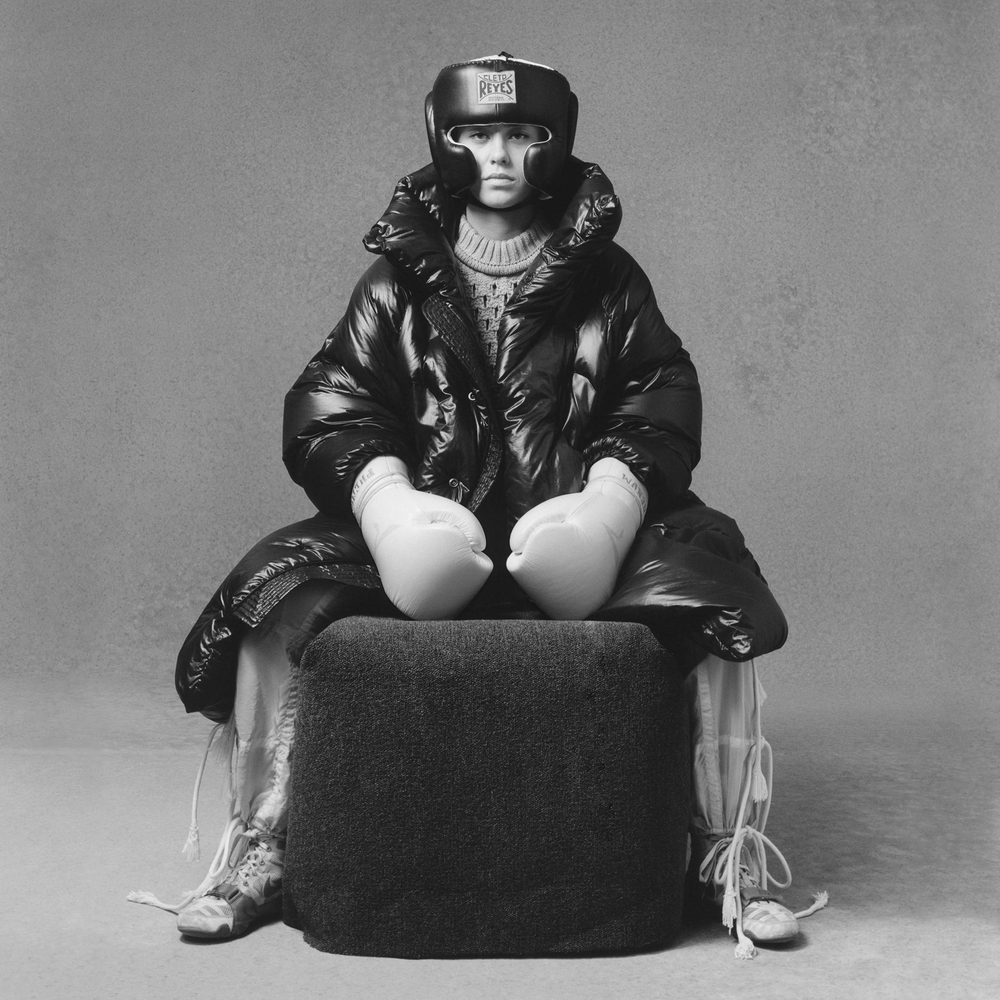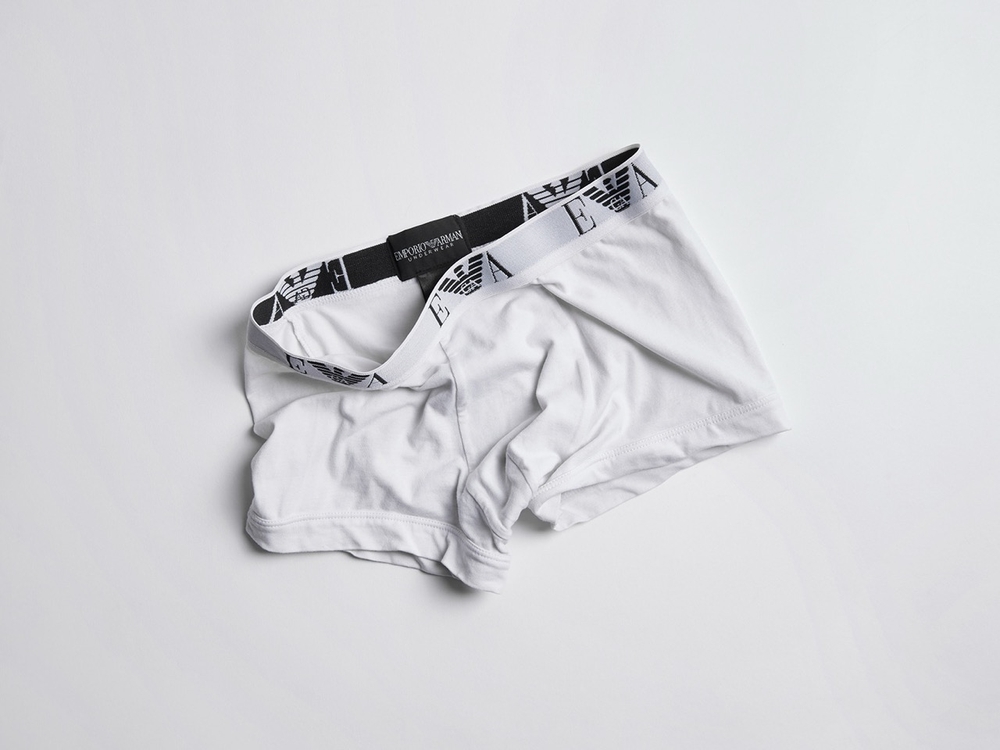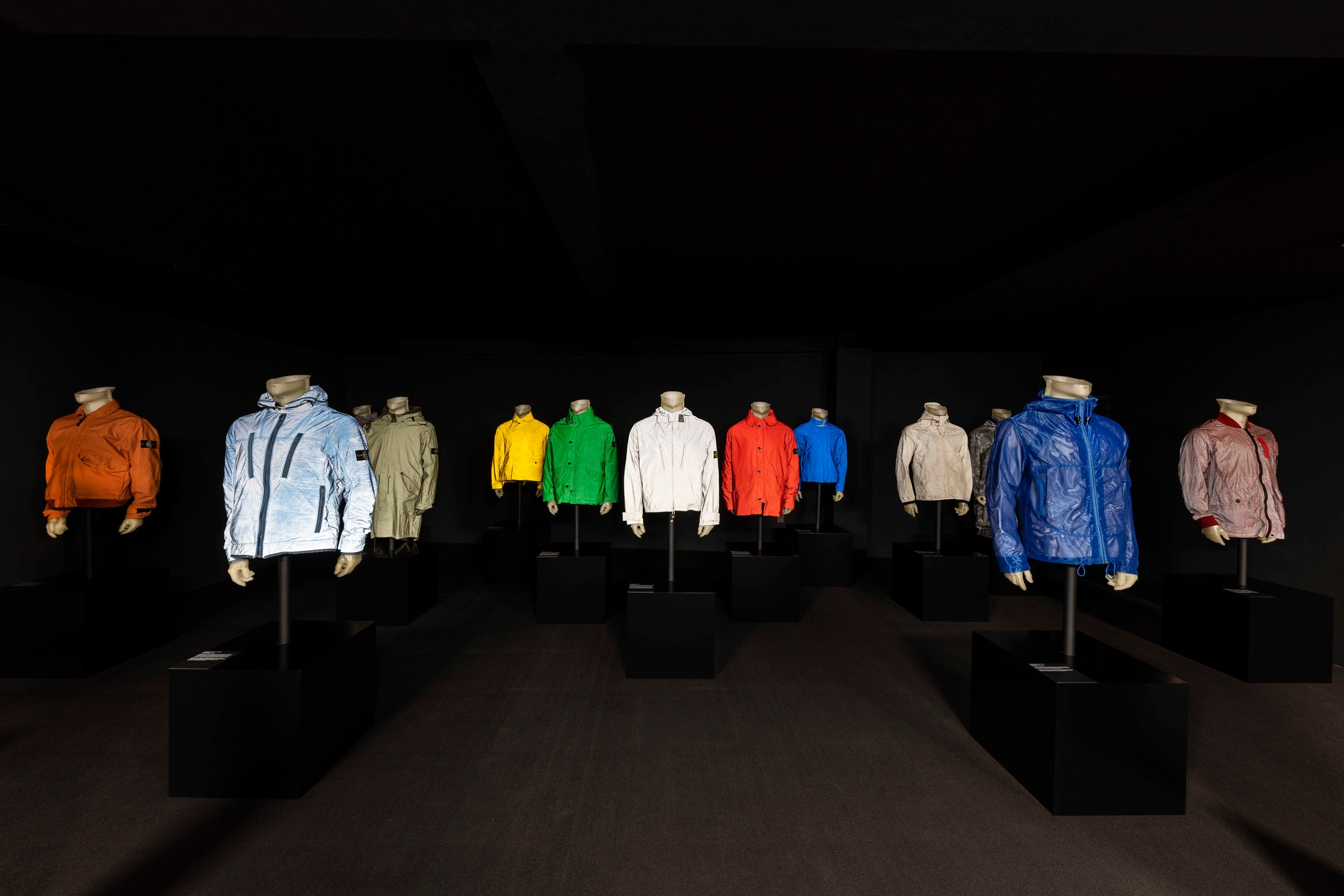

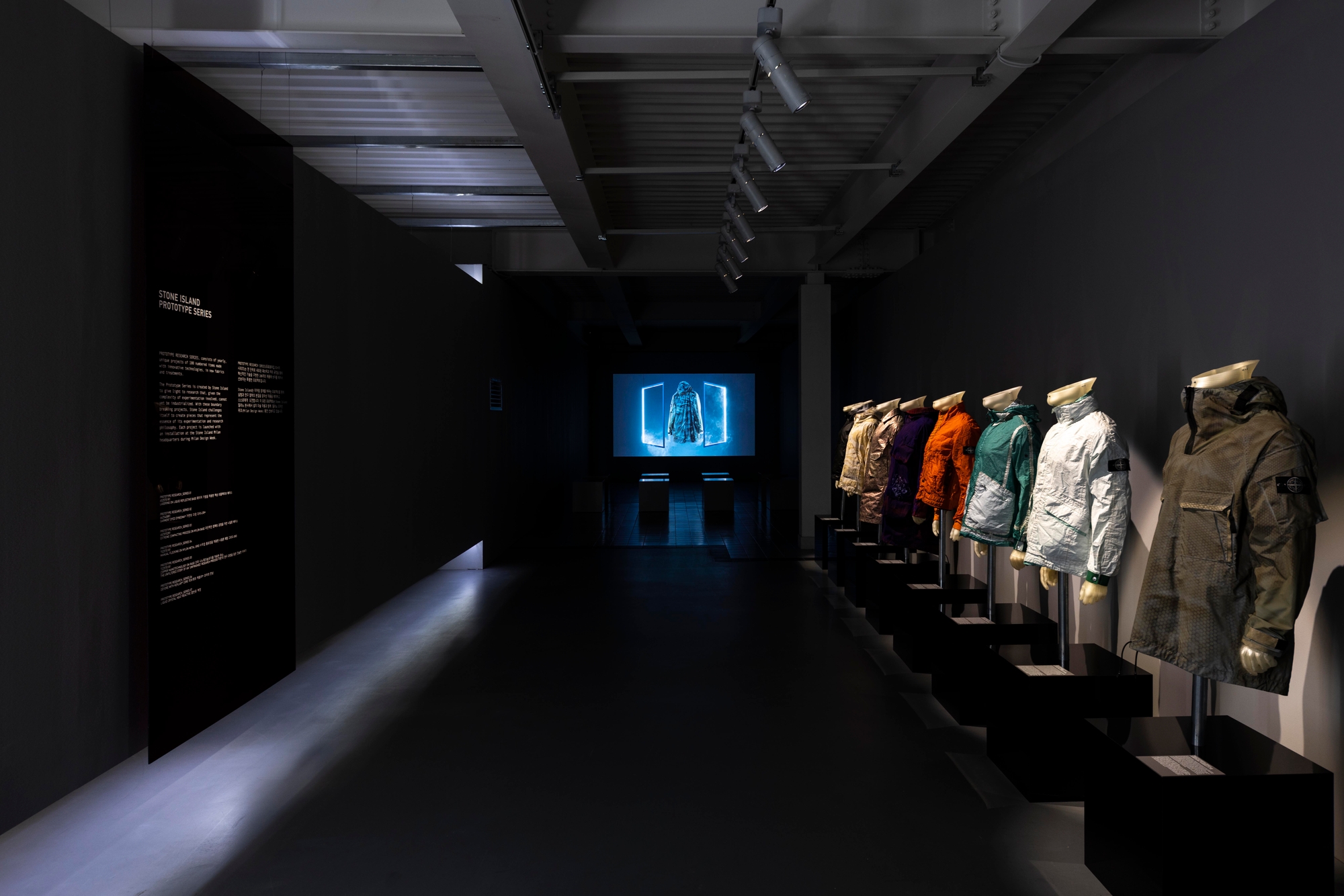
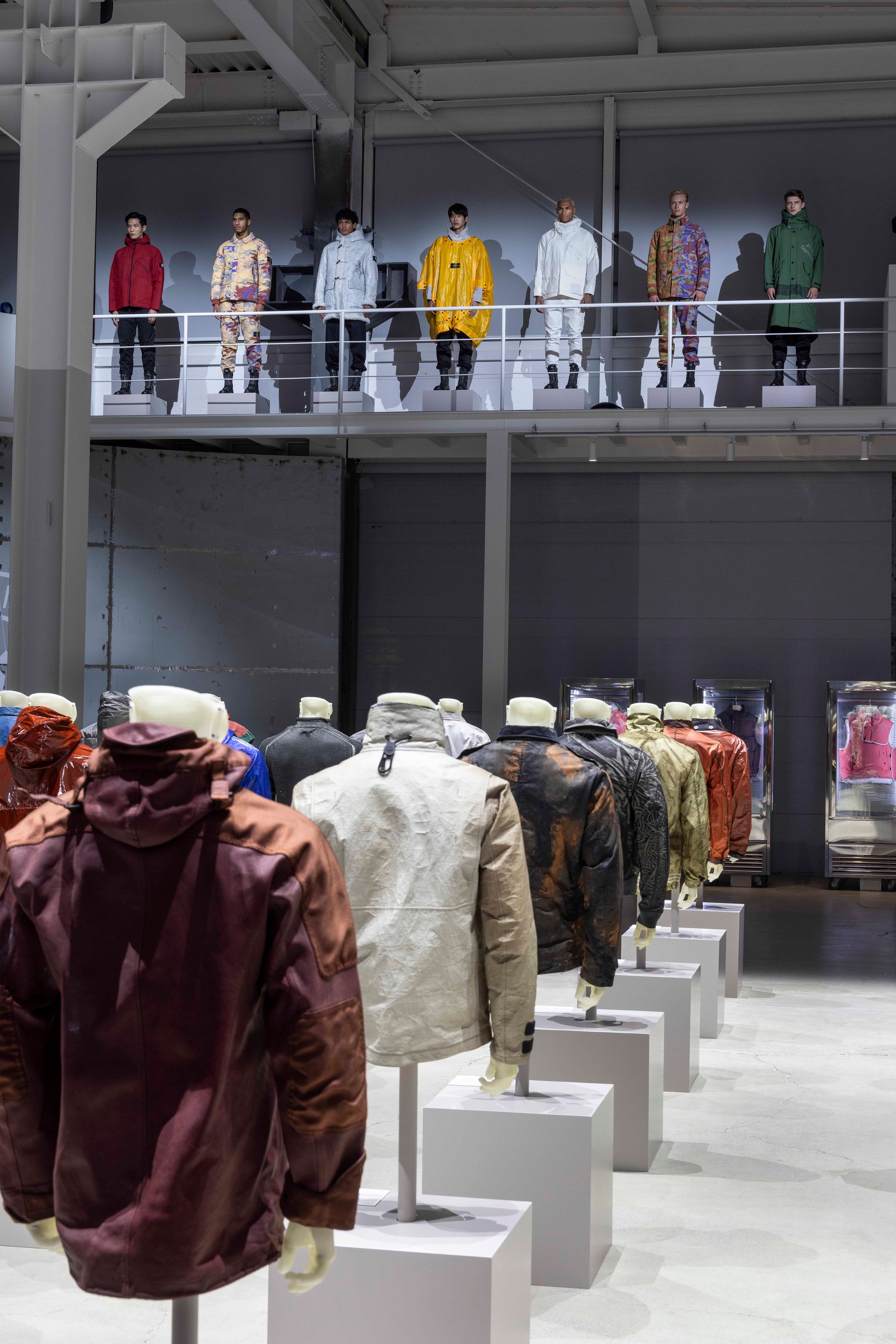
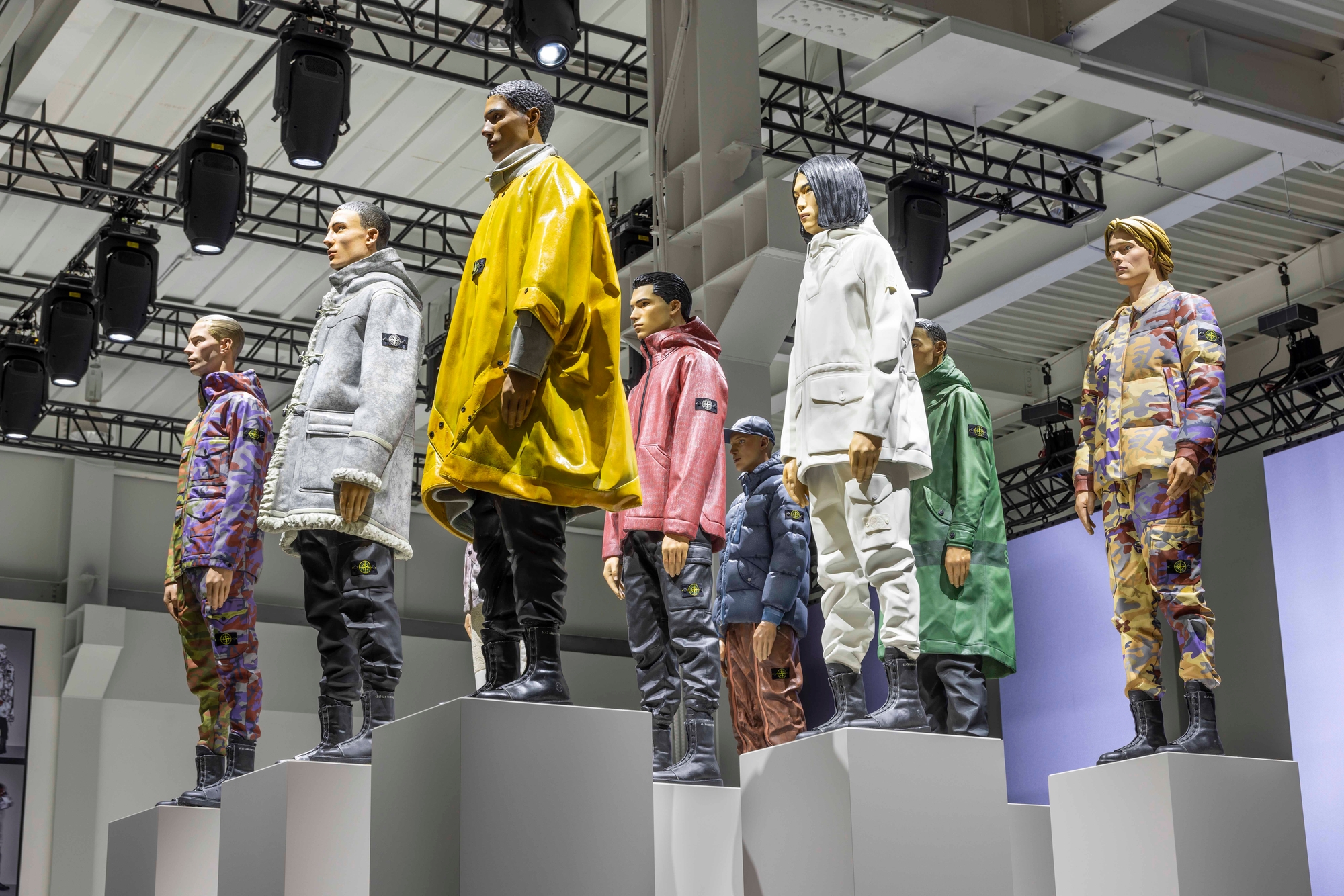
Stone Island is showing no signs of slowing down. The behemoth Italian brand opened their archival exhibition Selected Works_Seoul ‘982 – ‘023: The Stone Island Archive at Frieze in September, where they displayed over 70 rare and archive pieces spanning their four-decade history, from vintage capes first shown in 1982 to contemporary monochrome jackets made from future-thinking materials. CircleZeroEight‘s Elgar Johnson sat down with Carlo Rivetti, Stone Island’s president, to discuss the brand’s past, present, and future.

EJ: Carlo, I’ve actually tried to interview you so many times, but for whatever reason, it never happened. I’m gonna put it out there and tell you that I’m a huge fan. So I’m very, very excited to do this interview. I just want to start right at the beginning: what made you want to get involved with Stone Island?
CR: I was watching my older son going to school, and they all dressed in a way that was totally revolutionary to me, because it was the same type of clothing that I wore to go to the gym. My family company in those days, GFT, only did formalwear – both mens and womens – so I decided that we needed a third leg, which was a non formal offer. So we started looking around Italy, and we chose this small company that was based in Ravarino. I entered in 1983, one year after the company was founded. It was really the idea of doing something that was not very popular in those days: sportswear.
EJ: How have you seen it evolve over the years? From my side, growing up it was always something that I associated with football. But it’s now gone into popular culture as well, with musicians and actors wearing it too.
CR: Evolution I think is the key word. We never jump; nature doesn’t jump. I think that over the 41 years, we’ve evolved without making huge changes because we are respectful of the DNA of the brand.

EJ: How did Stone Island build that relationship with football in particular? That’s how I found out about it first, through those football fans and their style.
CR: Well, as you know, everything started from the terraces. I’ve seen a lot of sports people who love Stone Island, not just from football, but guys that like sports in general. For example, you British guys love it, although it’s not popular in Italy: darts. I remember in the final of the World Championships, and Sabina, my wife asking me, “What are you watching?” Darts! It’s very fascinating. But it’s these type of people that like Stone Island, because, in my opinion, although we are not active sportswear, you can still wear the clothes during sport – like skiing, for instance.
EJ: Darts is the highest rated sports show in the UK – it gets bigger ratings than football.
CR: Yes. After watching darts we decided to introduce the Double XL!

EJ: Streetwear has become this huge uniform – how have you seen streetwear become the dominant figure in style and fashion?
CR: I feel that we’re not streetwear. But for sure, streetwear has had an unbelievable influence on the general way of life of people. It�’s much more comfortable than formalwear. And I think that COVID, in some way, brought about a change in people’s ways of dressing. If you’re forced to remain at home, I don’t think you will dress the same way as if you have to go to work or go out for dinner. So in some ways, COVID helped a lot to change people’s habits.
EJ: Let’s talk about your huge passion for football. You’re an Inter Milan fan, right? But tell me about Modena, and how your purchase of it came about.
CR: All my family is passionate about football. Some are AC Milan, some are Inter, some are Roma. The only way for the family to stay together watching football was to watch the Italian national team. But we had the opportunity to buy Modena Football Club, which united us. It’s also a way to give back to the province of Modena, because it’s the area in which we built Stone Island. But there’s not a direct relationship between the brand and the football club itself.

EJ: What are your ambitions for Modena?
CR: The ambition is to build a project that can be successful in the long term, and that involves young guys. My dream is to see someone from the youth team of Modena playing for the Italian national team. I remember at my first New Year’s Eve party at the club, there were about 100 academy players. Last year, there were more than 500. So we are really growing the next generation. We’re also working on growing the women’s team, which we’re really proud of. But to work with young people, especially these days, where there’s a lot of violence in Italy amongst young people – it’s a way of giving them some motivation, which I think is really important. Italy is not giving the right opportunity to young people. Plus, I learn a lot from these young guys. They have fantastic ideas – which is something that helps me with my work at Stone Island.
EJ: So Modena is like a community project, that’s fantastic.
CR: I think we’re applying in football what we learnt from our community at Stone Island. We built for sure a brand, but in my opinion it’s even more important that we build a community. I always say: when two guys wearing Stone Island meet, they can look each other in the eyes and recognise something in the other. There’s a thread that links all the communities around the world. And what makes me very proud is that after 41 years, we haven’t needed to change languages, both visually and linguistically, to talk to different cultures or different ages, which is very special. To be able to use one voice across the entire world, in my opinion, sends a strong message, because it means that you really believe in what you’re saying.

EJ: One last question. I’ve actually always wanted to ask you who your favourite player is, or was?
CR: Lautauro Martinez. The story of my family in football starts with my grandfather travelling to Argentina, where he met my grandmother. So I like a lot of Argentinian players. But in Modena, we work only with Italians. This in my opinion is something important because we can help to build an Italian school of football.
